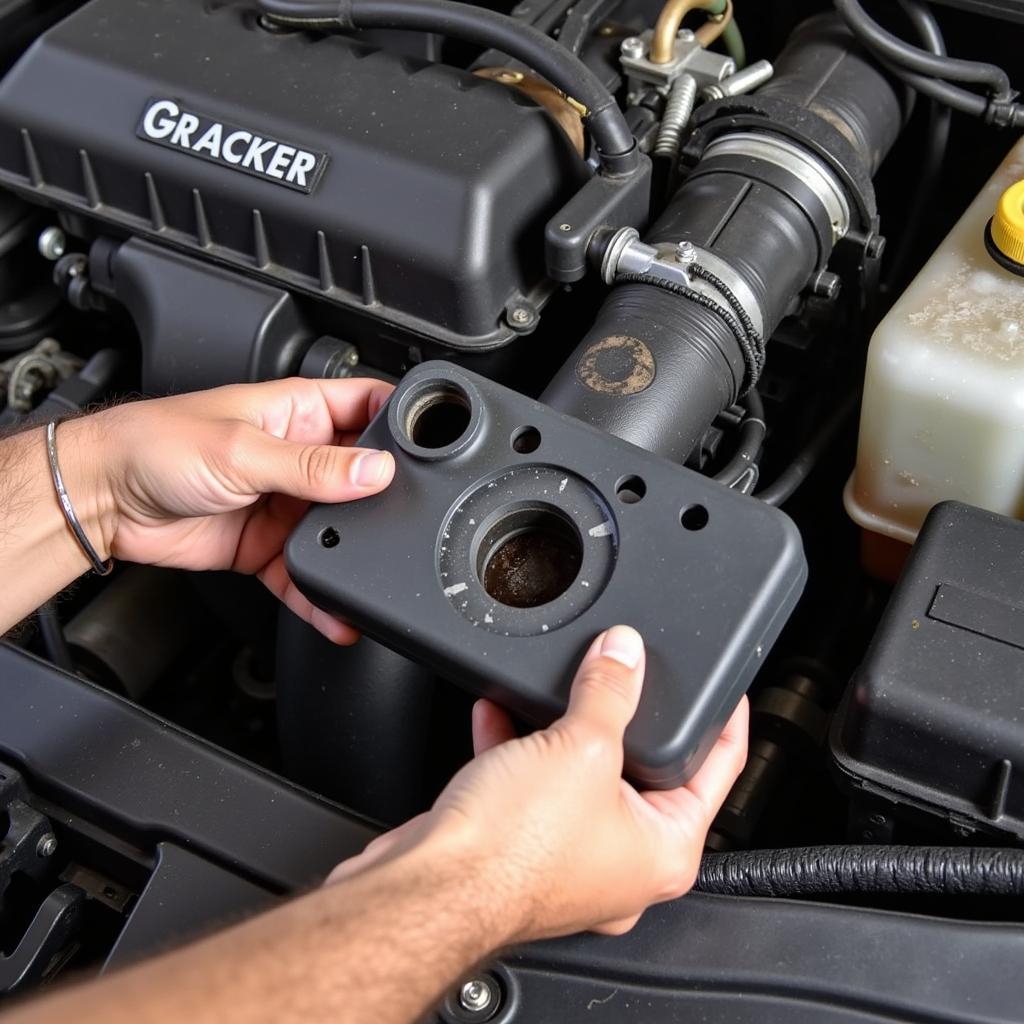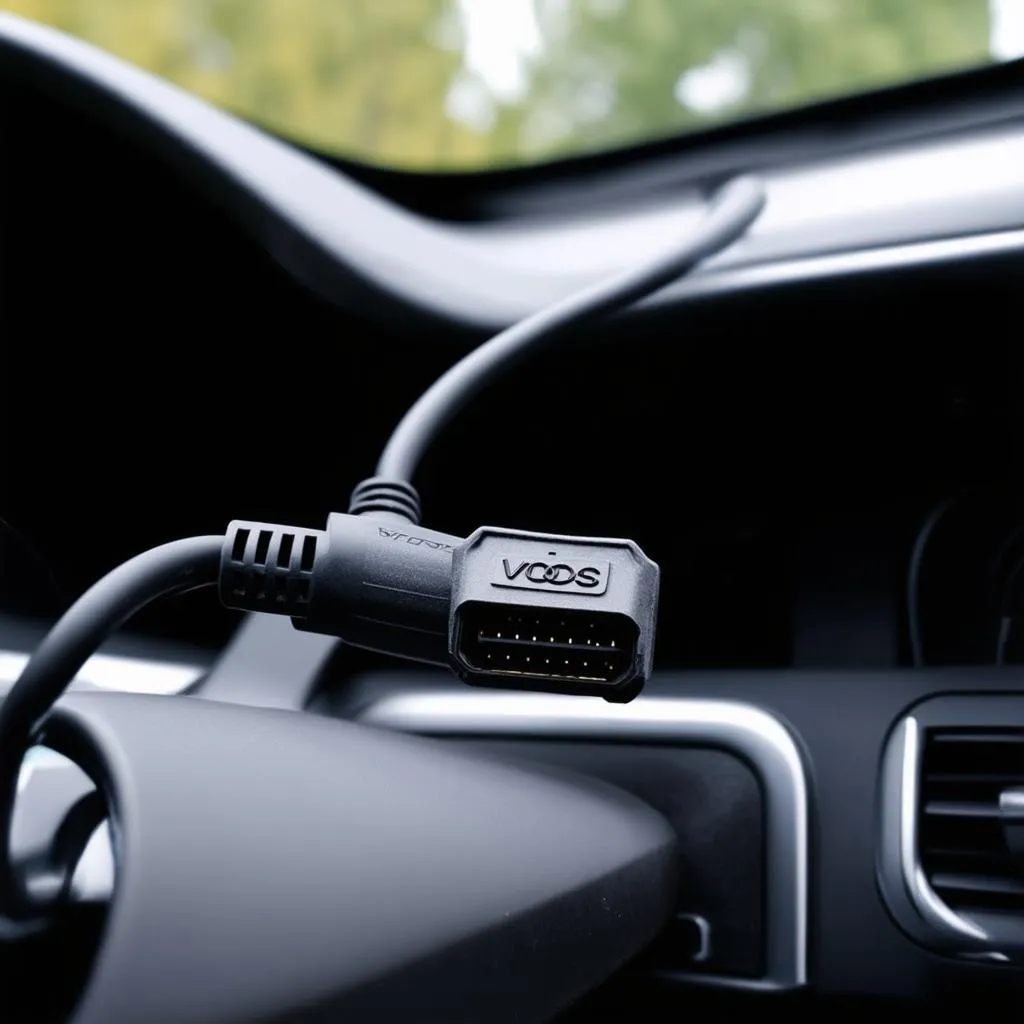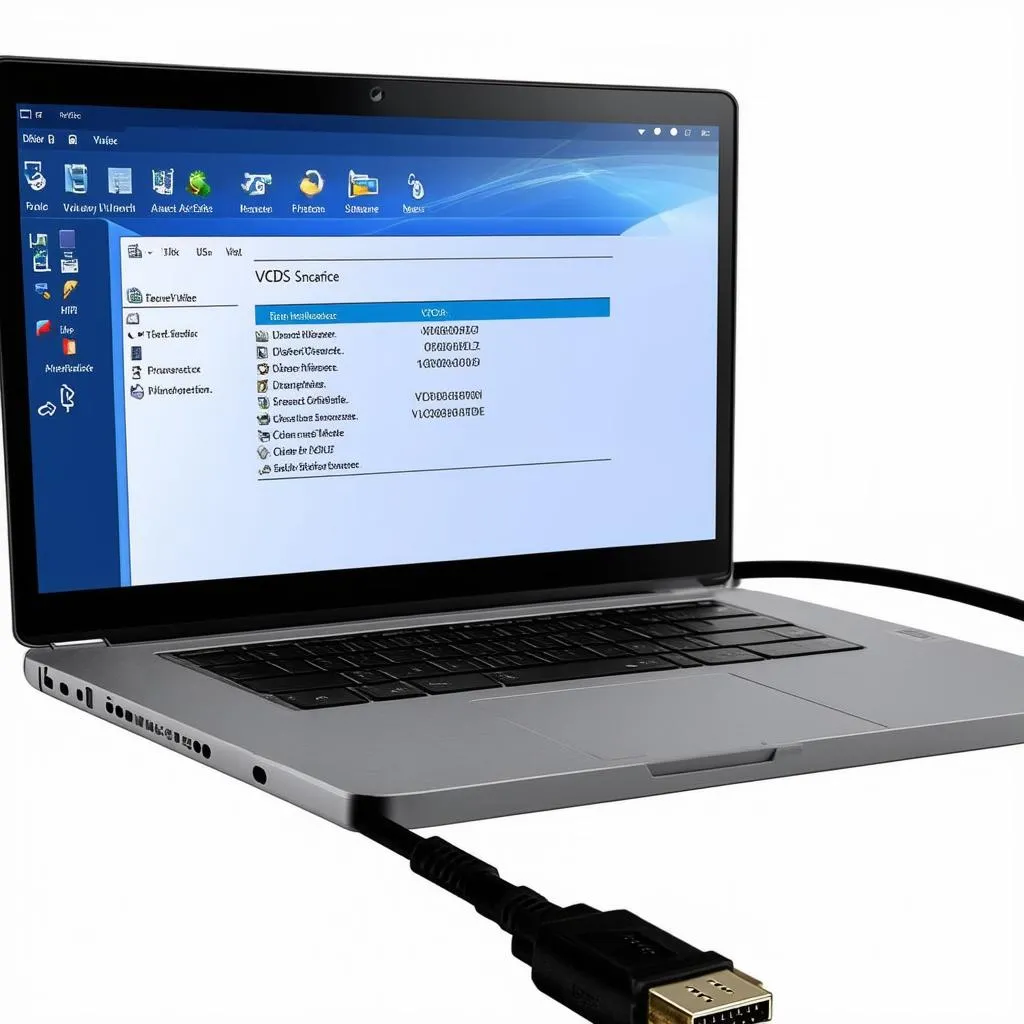Performing a VCDS TDI EGR adaptation is a common procedure for addressing various issues related to the Exhaust Gas Recirculation (EGR) system in TDI engines. This guide will provide a detailed understanding of the process, its benefits, common problems, and solutions.
Understanding the EGR System and Its Role
The EGR system plays a crucial role in reducing nitrogen oxide (NOx) emissions, a harmful byproduct of combustion. It works by recirculating a portion of the exhaust gases back into the intake manifold, effectively lowering combustion temperatures and reducing NOx formation. However, over time, the EGR valve and related components can become clogged with soot and carbon deposits, leading to performance issues.
After the introduction, you should find more information about VCDS TDI. Learn more at vw tdi vcds.
Why Perform a VCDS TDI EGR Adaptation?
A VCDS TDI EGR adaptation is often necessary after cleaning or replacing the EGR valve, or when experiencing symptoms such as rough idling, reduced power, or excessive smoke. This procedure recalibrates the EGR system to ensure optimal performance and emissions control. It essentially tells the engine control unit (ECU) the new operating parameters of the EGR valve, allowing it to function correctly.
Performing the VCDS TDI EGR Adaptation Procedure
The adaptation process requires a diagnostic tool like VCDS (Vag-Com Diagnostic System). The specific steps may vary slightly depending on the engine code and model year, but generally involve accessing the engine control module, selecting the “Basic Settings” function, and then performing the EGR adaptation. The VCDS software will guide you through the process, providing specific instructions for your vehicle.
Common Problems During EGR Adaptation
Sometimes, the adaptation process might fail due to various reasons, such as a faulty EGR valve, a clogged intake manifold, or issues with the ECU. Diagnosing the root cause requires further investigation using the VCDS to read fault codes and monitor live data.
Troubleshooting VCDS TDI EGR Adaptation Issues
If the adaptation fails, the first step is to check for any fault codes stored in the ECU. These codes can provide valuable clues about the underlying problem. Additionally, checking the live data streams for the EGR valve position, mass airflow sensor, and other related components can help pinpoint the issue.
Tips for Successful EGR Adaptation
Ensuring a clean intake manifold and a properly functioning EGR valve are crucial for a successful adaptation. It’s also essential to follow the VCDS instructions carefully and use the correct adaptation procedure for your specific vehicle.
 Common VCDS TDI EGR Adaptation Issues
Common VCDS TDI EGR Adaptation Issues
Benefits of a Successful VCDS TDI EGR Adaptation
A successful adaptation restores the EGR system to its optimal operating parameters, resulting in improved fuel economy, reduced emissions, and smoother engine performance. It also helps prevent further issues related to a malfunctioning EGR system. This procedure can resolve issues similar to those addressed in 1.9 tdi pd egr adaptation vcds, enhancing overall vehicle performance.
EGR Adaptation and Preventative Maintenance
Regular maintenance, such as cleaning the intake manifold and EGR valve, can prevent future problems and ensure the longevity of the EGR system. This will minimize the need for frequent adaptations and maintain optimal engine performance. The importance of EGR maintenance is similar across various TDI models, as seen in egr adaptation vcds 2.0 tdi.
Conclusion
VCDS TDI EGR adaptation is a crucial procedure for maintaining the performance and efficiency of TDI engines. Understanding the process, potential issues, and troubleshooting techniques will empower you to address EGR-related problems effectively. By performing regular maintenance and utilizing the VCDS diagnostic tool, you can ensure optimal engine operation and minimize emissions. Just as with general VCDS use for TDIs, as described in vcds tdi, understanding EGR adaptation is essential for maintaining these engines. Further information on using VCDS for EGR related issues can be found on our egr vcds page.
FAQ
- What is VCDS? VCDS is a diagnostic software used to communicate with the ECU of Volkswagen, Audi, Seat, and Skoda vehicles.
- Why is EGR adaptation necessary? EGR adaptation recalibrates the EGR system after cleaning or replacing components.
- What are the symptoms of a faulty EGR system? Symptoms include rough idling, reduced power, and excessive smoke.
- What can cause EGR adaptation failure? Causes include a faulty EGR valve, clogged intake, or ECU issues.
- How can I troubleshoot EGR adaptation problems? Check for fault codes and monitor live data using VCDS.
- What are the benefits of EGR adaptation? Improved fuel economy, reduced emissions, and smoother engine performance.
- How can I prevent EGR system problems? Regular maintenance, such as cleaning the intake and EGR valve.
For further assistance, please contact us via Whatsapp: +1 (641) 206-8880, Email: CARDIAGTECH[email protected], or visit us at 276 Reock St, City of Orange, NJ 07050, United States. We offer 24/7 customer support. You can also explore other related articles on our website for more information.


